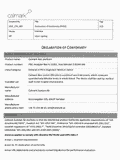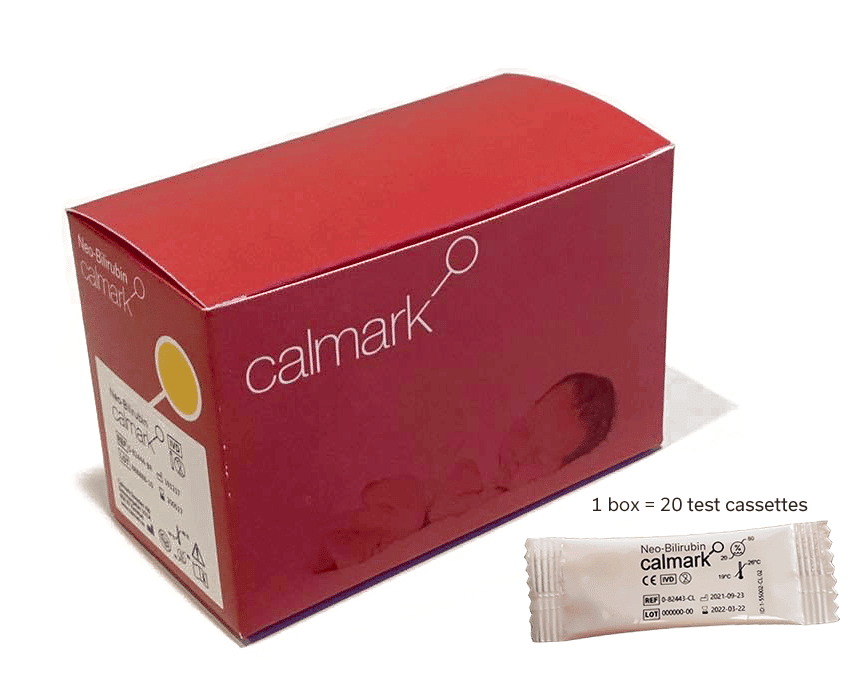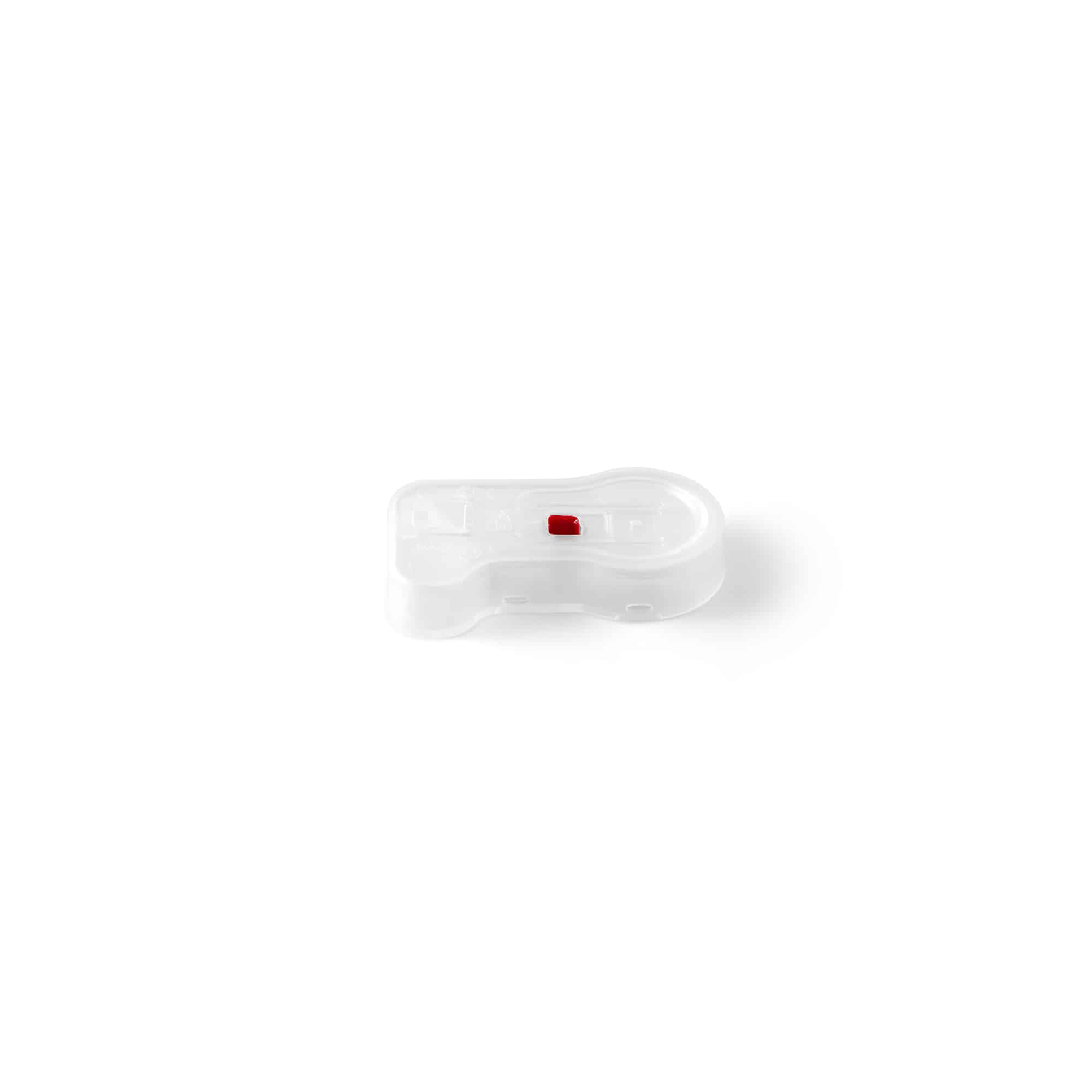Key Features
Rapid, safe, and easy measurement of bilirubin in blood from newborns. Optimized for accurate analysis with just a few drops of blood. The result is presented after only 2 min, which reduces both costs and time.
Accurate
High-precision testing with a quantification range of 150-500 µmol/L (9-29 mg/dL). High tolerance for hemolysis and accurate results at up to 60% hematocrit, which can be a problem with traditional test methods.
Quality Design
Each test cassette contains information needed for automatic calibration of the results; no recalibration needed
Specifications
- Detection range: 150-500 µmol/L (9-29 mg/dL)
- Accuracy <150 µmol/L (<9 mg/dL): 12.9%
- Accuracy 150-500 µmol/L (9-29 mg/dL): 8.8%
- Accuracy >500 µmol/L (>29 mg/dL): 4.0%
- No interference from hemolysis up to 2 g/L
- Accurate results at up to 60% hematocrite
- Measurement time: 2 minutes
- Shelf Life: 12 months
Standard Accessories
Optional Accessories & Add-ons
Product Documents, Manuals & Brochures

Brochure
Regulatory Certificates

ISO 13485

Free Sales Certificate

Declaration of Conformity - CE Mark
Videos
FAQ
Where can the tests be performed?
Which unit in a hospital or healthcare facility should use the Calmark POC system?
When should the test be performed?
Why is it important to use an invasive method for bilirubin diagnostics?
What is the advantage of using Calmark POC instead of a traditional laboratory blood test?
Can I use the same test cassette for more than one test?
How much blood should I apply into the test cassette?
How should I take the venous blood samples?
What happens if I apply too little or too much blood into the cassette?
What type of blood should I use?
Is it possible to use anticoagulation coated disposables?
Studies & Trials
Package Contents
- 20x Neo-Billirubin Test Cassettes (in box)
Warranty
Testimonials
| Egypt, India, Iraq, Jordan, Kenya, Malawi, Nigeria, Saudi Arabia, Cambodia, Laos, Vietnam, Tanzania, UAE, Bahrain |




